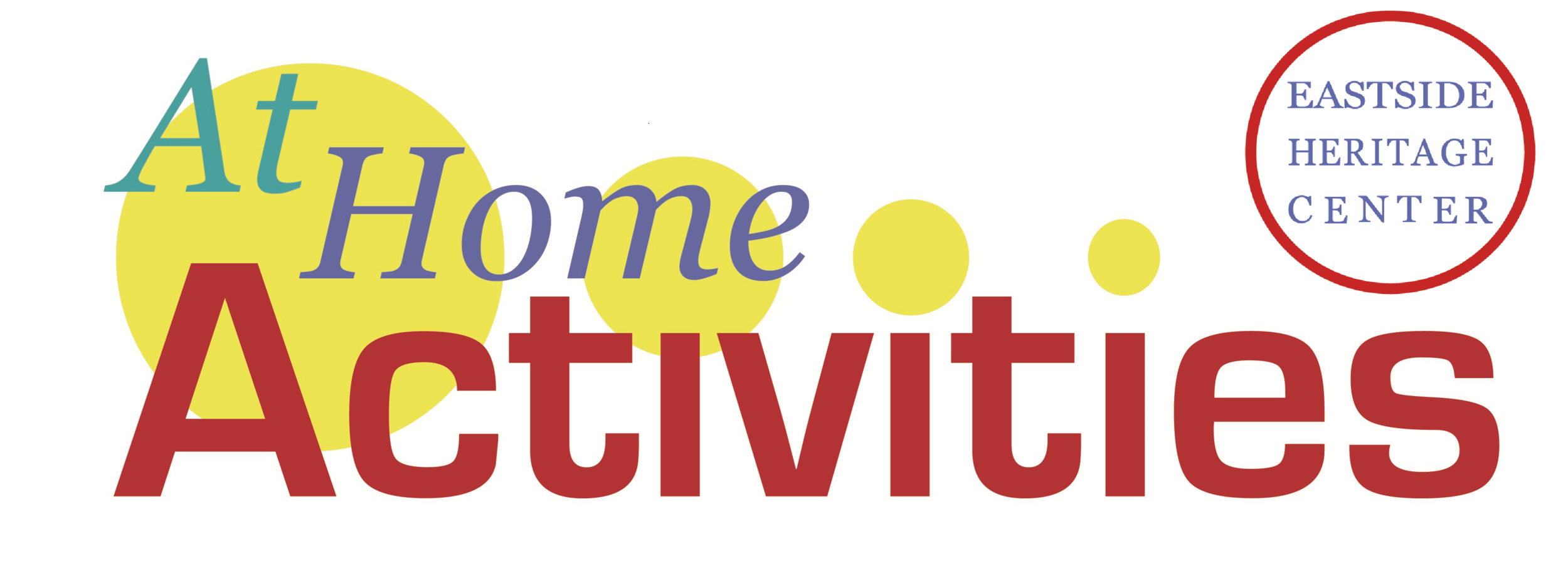an Eastside Heritage Center At Home Activities Worksheet
What is Archaeology?
Understanding Archaeology and Beginning Archaeological Research
Archaeology (ar·chae·ol·o·gy)
Archaeology is a form of science which studies human history through physical evidence such as artifacts, features, and eco-facts. Scientists who practice Archaeology are called archaeologists. Archaeologists know how to look for historic sites through a process called surface survey which allows them to determine if there may be more evidence beneath the surface. Archaeologists are highly trained and don’t just go around digging holes. The most important thing for archaeology is keeping evidence and objects in context. That’s why you should never just start searching or pulling what you think may be a historical object out of the earth or water. Sometimes people find historical objects in their yard or in local parks. If you find something, don’t move it or try to get it yourself, call the Washington State Department of Archaeological and Historic Preservation at (360) 586-3065.
Artifacts, Features, and Eco-Facts
It’s important to understand the difference between an artifact, feature, and eco-fact. Look at the meaning of these words in the glossary and then draw three columns on you page, label one artifacts, one features, and one eco-facts. Now, categorize the following items in the proper column.
Boot Fire Pit Deer Skull Fish Scales Pot Shards
Pieces of Fabric Painted Bolder Knife Handle
Surface Survey
During a surface survey many tools and methods can be used but usually archaeologists first walk back and forth across the space and look for artifacts, landscape features, and eco-facts. They then will divide the space into 1-meter square sections to better keep track of context. Draw a grid on your paper of 1 inch squares four across and four down. Label the columns (across the page) A through D and the rows (down the page) 1 through 4. Put the following artifacts, features, and eco-facts into the proper squares on the grid below.
Boot – A large men’s boot was found in the top left corner of Square A1.
Fire Pit – Two fire pits were found, one in Square C4 and one across the four corners of Squares C1, D1, C2, and D2
Deer Skull - A deer skull was found in the right side of Square C3.
Knife Handle – A knife handle was found in the center of Square B4.
Context
Since everything was found on the surface here and you’ve already located it on the grid in your surface survey, we know the physical context of the objects in our archaeological site. It seems that most of these items were left or created around the same time. What we don’t know is the historical context. In this case archaeologists may work with what they already know about the site or establish context from objects. Here are some facts we learned from the objects:
1) The boot we found had a label from a company that only existed from 1889-1920.
2) The land that this site was found on was owned by a Seattle businessman and used for hunting from 1871 until 1918.
3) The deer skull was shattered in a way that implies a bullet wound.
Look at these three facts and see if you can determine who might have stayed at this temporary camp. Do you have any ideas?
Write them below.
In our next At Home Activities Worksheet the Eastside Heritage Center will discuss excavation on analysis of objects found in archaeologicial sites so check back with us soon!


